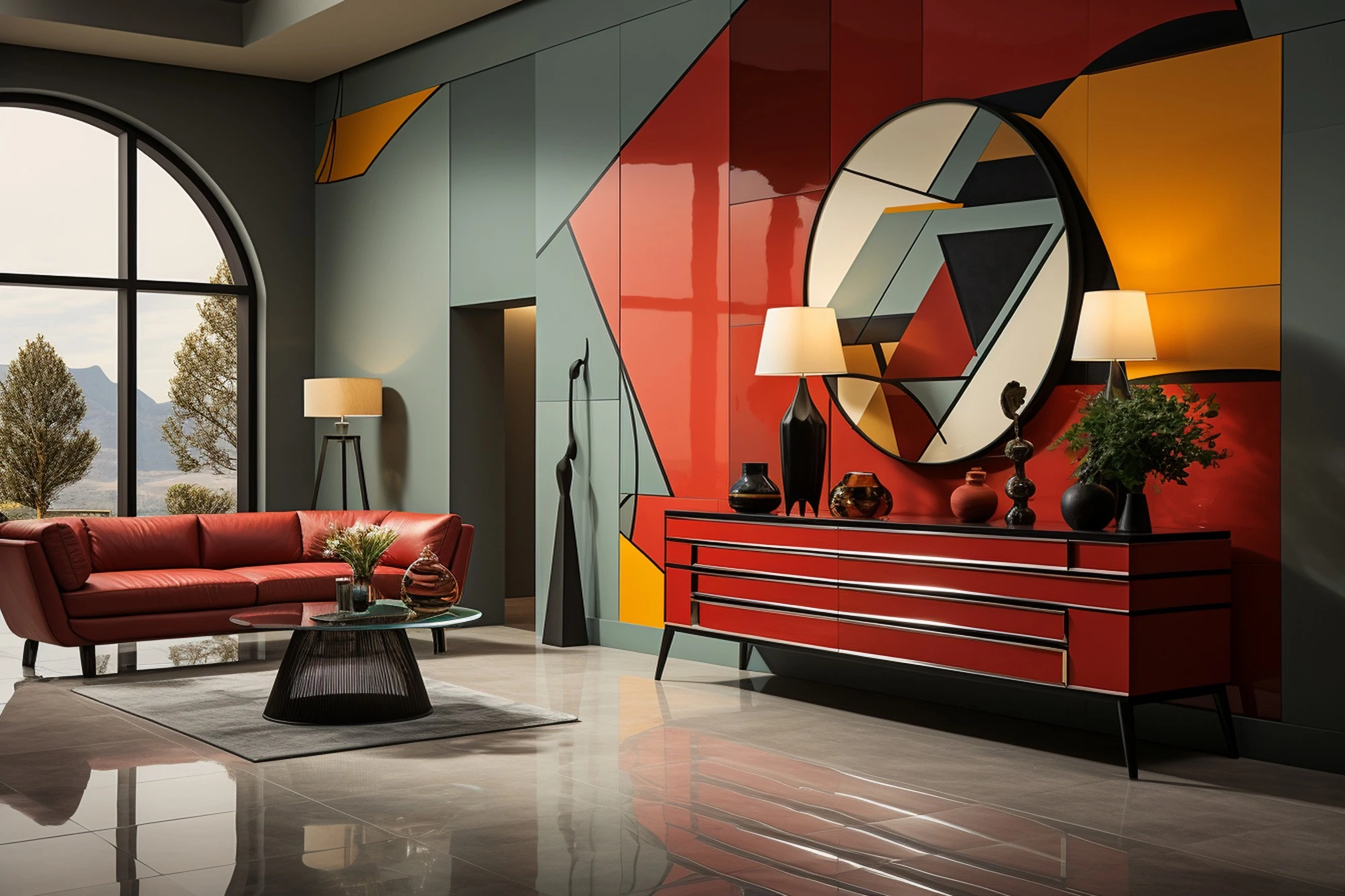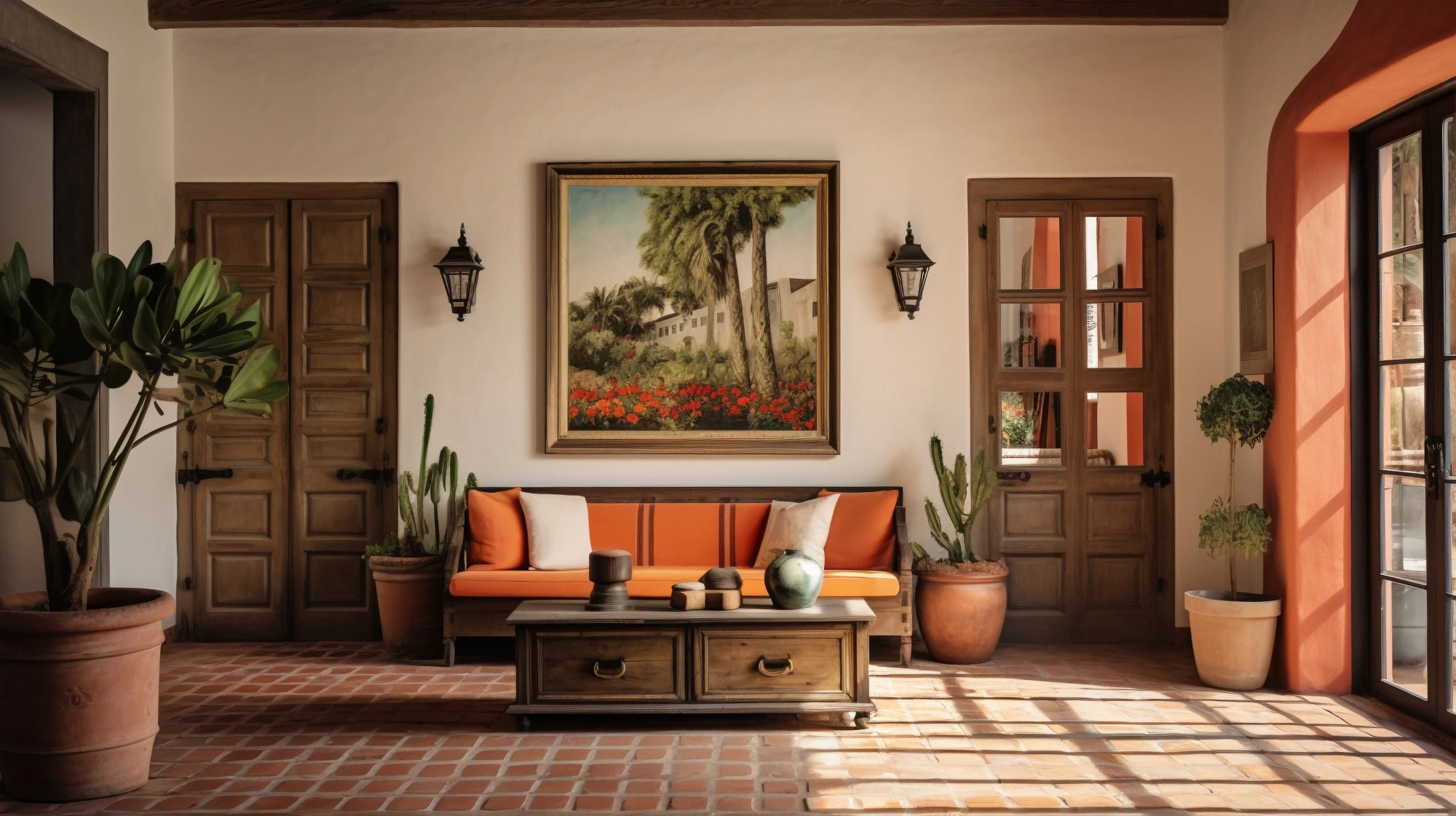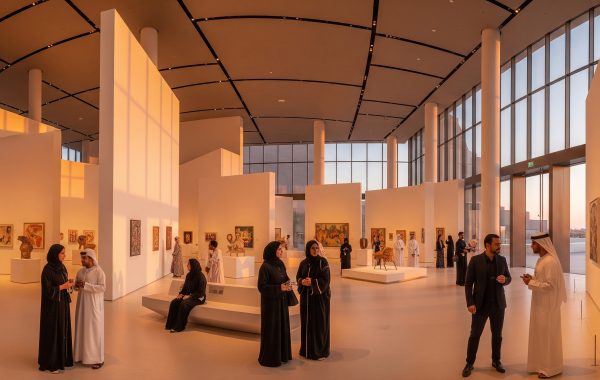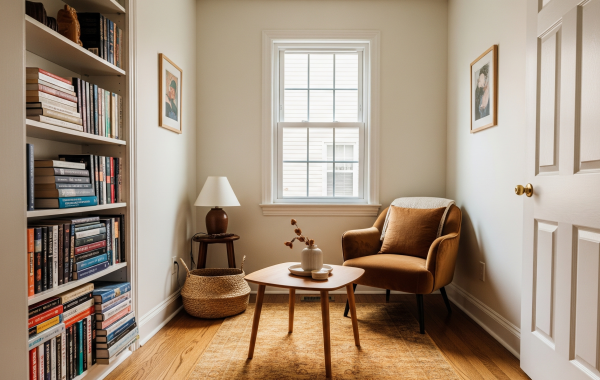When embarking on an interior design project, one of the first decisions you will face is whether to choose a turnkey interior solution or to go the traditional route. Both approaches offer distinct advantages and cater to different types of clients, needs, and project scopes. Whether you are planning to revamp a commercial office space or redesign your home, understanding the key differences between traditional and modern turnkey fit out interior services can help you make the right decision.
In this blog, we’ll break down the pros and cons of each method to help you decide which approach suits your vision and requirements best.
Understanding Turnkey Fit Out Interior Services
Turnkey interiors are comprehensive design and fit-out services where the provider handles every aspect of the project from start to finish. With this method, a single company manages everything, from concept and design to material selection, construction, installation, and even final finishing touches. Once the project is complete, all you need to do is “turn the key” and step into your fully completed space. Turnkey solutions are very well-liked because of their effectiveness, practicality, and flawless implementation. By consolidating all of the project’s activities under one roof, this approach reduces the possibility of misunderstandings or mistakes resulting from managing several vendors.
Pros Of Turnkey Interiors:
- Single point of contact: When using turnkey solutions, the project is handled by a single business. This removes the requirement for various contractors, designers, and suppliers to coordinate with one another.
- Time-saving: Because the process is managed by a single organization, turnkey interiors are usually more time-efficient because deadlines are met without needless delays.
- Cost-effective: Although turnkey solutions could appear pricey up front, because everything is taken care of inside a predetermined budget, there are no unforeseen costs or cost overruns, making the total cost more controllable.
- End-to-end service: You won’t have to worry about overseeing various project phases, from planning and design to the latter stages of implementation. Everything is taken care of by the turnkey supplier.
- Consistency in design and execution: Since a single company is responsible for the entire project, the design vision is consistent, and there is no room for disjointed elements.
Cons Of Turnkey Interiors:
- Limited control: Given that the supplier manages a large portion of the process, some clients can feel that they have less influence over particular design choices.
- Less flexibility: Turnkey solutions sometimes adhere to a predetermined design flow or plan, which may make it difficult to make last-minute adjustments without impacting the project’s budget and schedule as a whole.
- Greater starting cost: Because turnkey interiors are full-service offerings, their starting costs are typically higher. However, this may balance out when considering the long-term savings from avoiding delays or mismanagement.
Traditional Interior Design
Traditional interior design involves a more segmented approach to interior projects. Typically, you will hire a designer to handle the conceptual aspects of the project, after which you will work with various contractors, suppliers, and fit-out teams to bring the vision to life. With this approach, the client would have to collaborate with many providers for different components such as décor, building, and electrical work.
Pros Of Traditional Interior Design:
- Greater control: You have more freedom to supervise and control various project aspects when using conventional interior design, which facilitates change requests along the route.
- Customization options: You can make impromptu changes that might not work with a turnkey approach because you are personally involved in the process.
- Lower upfront expenses: Because you can shop around for several contractors and negotiate pricing, the upfront expenses for traditional interior design may be lower, depending on the extent of the project and the vendors you select.
- Choice of specialized vendors: This method gives you the opportunity to choose suppliers and contractors who have distinct areas of expertise, which can be useful if you want some elements of your design to be one-of-a-kind or customized.
Cons Of Traditional Interior Design:
- More time-consuming: Traditional design can take longer to execute since you’ll need to coordinate between multiple contractors, manage timelines, and handle any unexpected delays or issues.
- More complex project management: Juggling several contractors and suppliers can lead to complications in communication, leading to potential delays and misalignments.
- Risk of budget overruns: Without centralized project management, there is a higher risk of going over budget due to unforeseen complications, changes in design, or delays.
Inconsistent design flow: Since multiple parties are handling different aspects of the project, the final result may not have the same level of cohesion as a turnkey solution.

Key Differences Between Traditional Best Interior Design Services And Turnkey Fit Out Interior Services
- Project Management
Turnkey interiors are fully managed by a single entity, offering you a seamless experience without the hassle of coordinating different parties. On the other hand, traditional interior design places more responsibility on the client to manage timelines, vendors, and contractors.
- Cost Considerations
Turnkey interiors may initially cost more, but because everything is managed by one company, there is less chance of unforeseen expenses, making them more affordable over time. Even if traditional design may initially be less expensive, if problems develop or the project takes longer than expected, the costs may become uncertain.
- Design Flexibility
Traditional interior design offers more flexibility for on-the-go changes and customization, while turnkey solutions provide a more rigid, structured process that follows a predefined plan. However, turnkey solutions offer a streamlined design process where the vision is followed from concept to completion without deviation.
- Time Efficiency
Turnkey interiors are centrally supervised, they typically require less time to complete. The project’s alignment of all its components ensures more seamless transitions between design, construction, and finishing. Conversely, traditional design could take longer because it involves more vendors and contractors, which could cause delays.
Choosing The Right Turnkey Fit Out Interior Services
Choosing between turnkey interiors and traditional interior design depends on several factors, including your project scope, timeline, budget, and how involved you want to be in the process.
Opt for turnkey interiors if:
- You want a hassle-free, end-to-end service.
- You prefer to work with a single point of contact.
- You’re working on a tight timeline and need the project to be completed within a set schedule.
- You value consistency in design and execution.
Opt for traditional interior design if:
- You want more control over every detail of the project.
- You enjoy working closely with multiple contractors and suppliers.
- You’re willing to invest time in managing the project yourself.
- You prefer to customize the design as the project progresses.
VEM Interiors offer the best interior design services in Dubai. We specialize in both turnkey solutions and bespoke design services, helping you realize your vision with expertise and precision. Whether you’re designing a cozy home or a large commercial space, we have the resources and experience to deliver outstanding results tailored to your needs.
Both turnkey interiors and traditional best interior design services offer unique advantages, but the choice ultimately depends on your personal preferences, budget, and the scale of your project. If you’re looking for a streamlined, efficient, and cohesive solution, turnkey interiors may be the way to go. However, if you want more control and flexibility throughout the design process, the traditional approach might suit you better.




